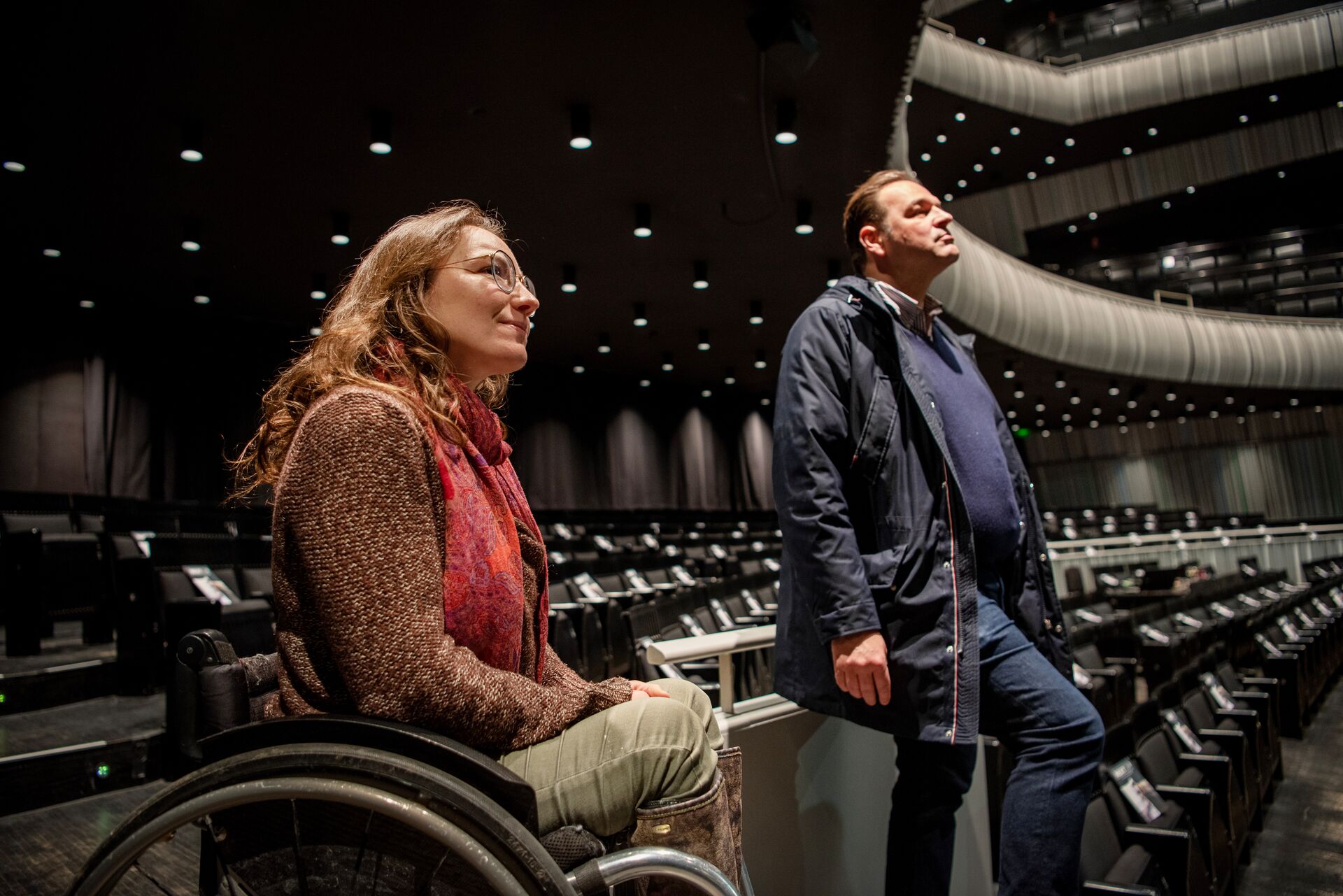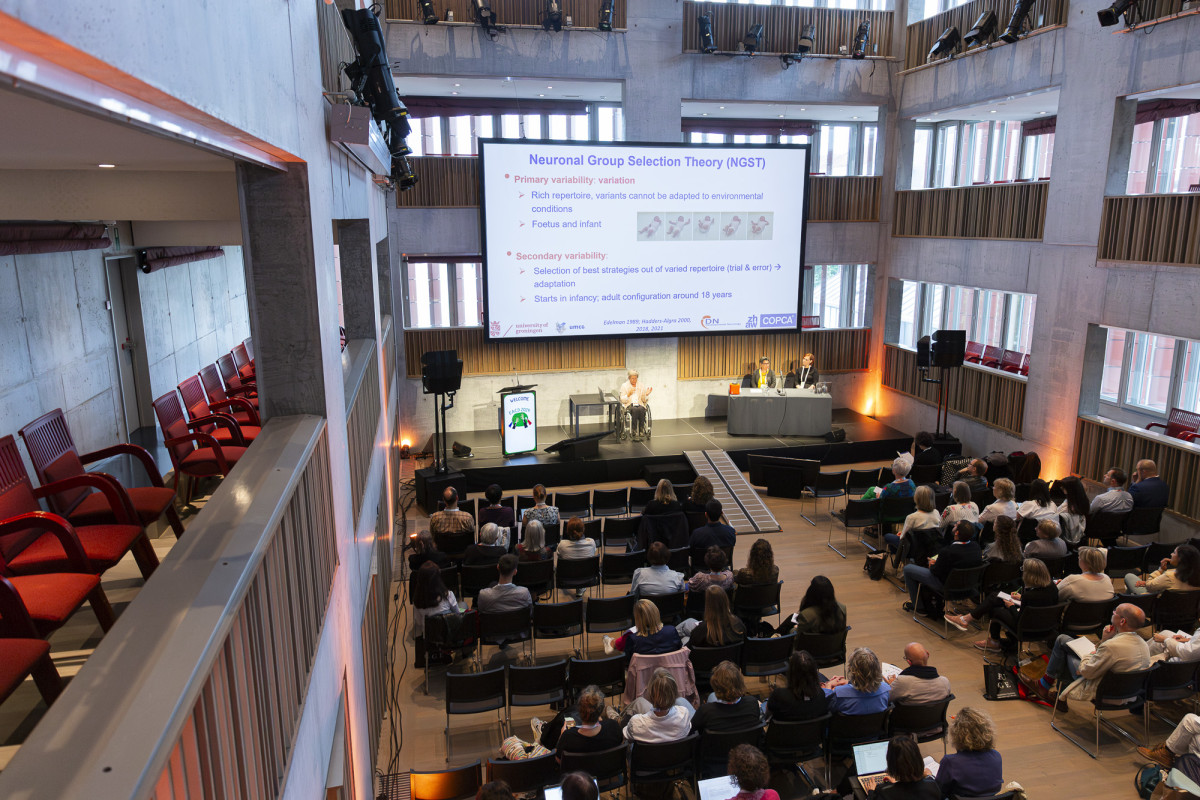Before your conference starts
3. Give your conference partners a briefing on inclusivity.
Tell all staff and volunteers about inclusiveness and dealing with people with different disabilities. Familiarise them with the specific needs and concerns of these people. This does not always have to be done through a physical meeting. You can also give practical tips via an e-mail or a flyer.
4. Keep your website, app and registration process as simple as possible.
Align your conference website and apps with the Web Content Accessibility Guidelines (WCAG). Provide features such as text-to-speech and magnification options.
Online forms should be accessible to all and easy to understand. Offer telephone support for participants who need help with the registration process.
Allow people to participate in your conference in a hybrid way as well. People who cannot physically attend will still have the chance to participate via livestreams or recorded sessions.
During your conference
5. Create accessible digital content.
Use accessible presentation software, such as PowerPoint with descriptive alt text for images. Ensure that all digital documents, such as programmes and handouts, are compatible with screen readers and other assistive technologies. Use clear and simple language in all your written and oral communication.
6. Engage interpreters and subtitles.
Provide sign language interpreters for deaf and hard-of-hearing participants. Consider live subtitling during presentations and discussions, both on-site and for online participants.

Use clear, easily visible signage with pictograms and text. This should also be understandable for people with cognitive impairments.
11. Make your networking moments inclusive too.
Organise networking events in accessible spaces and keep various constraints in mind when organising activities. For example, a "walking dinner" is not an option for everyone.
12. Provide a flexible agenda.
Take regular breaks during the programme. Plan these widely enough so that also participants with disabilities have enough time to move around.
